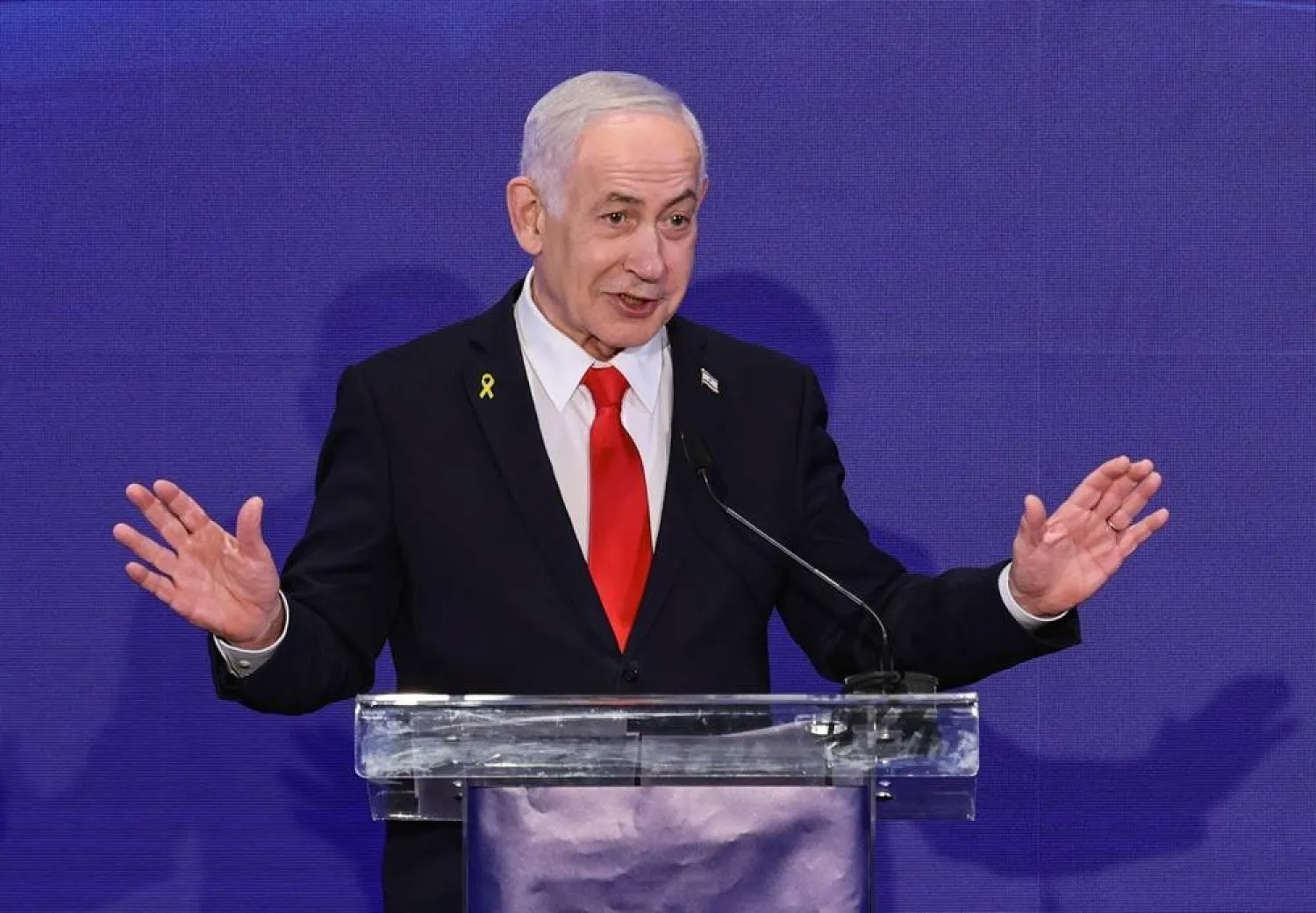China test-fired two missiles during a day of military drills around Taiwan, a Taiwanese security official said, adding they were directed inland and not at the self-ruled island.
Beijing deployed a record number of military aircraft as well as warships and coast guard vessels to encircle Taiwan on Monday, in the fourth round of large-scale drills in just over two years, reported AFP.
During the exercises, which lasted 13 hours, China test-fired two missiles "into the interior", the national security official told a briefing Wednesday on the condition of anonymity.
While the exercises were a "serious" threat, they did not mean that war was "imminent" or "inevitable", the official said.
Though "their ability to switch from exercises to war has been gradually strengthening, we still believe that war is not imminent and it is not inevitable", the official said.
After then US House speaker Nancy Pelosi visited Taiwan in August 2022, China unleashed massive military exercises that included sending missiles into the skies around Taiwan.
China's ruling Communist Party has never controlled Taiwan, but it claims the island as part of its territory and has said it will never renounce the use of force to take it.
Beijing has ramped up military pressure on the democratic island in recent years as it seeks to browbeat Taipei into accepting its claims of sovereignty.
China held war games three days after the inauguration of Taiwanese President Lai Ching-te in May, who Beijing calls a "separatist."
It held another round of drills on Monday after Lai vowed in his National Day speech last Thursday to "resist annexation" and insisted that China and Taiwan were not "not subordinate to each other".
The security official said an "important part" of China's drills on Monday was a blockade exercise against Taiwan.
"We can imagine how serious the threat was to Taiwan that day and how much pressure it put on Taiwan's military," the official said.
"If China actually blockades the Taiwan Strait or Taiwan's major ports, it would cause chaos in the international trade order."
Taiwan Says China Tested Two Missiles During War Games

A Chinese flag flutters in the wind at a beach on Pingtan island, the closest point in China to Taiwan’s main island, in China’s Southeast Fujian province on October 15, 2024. (AFP)

Taiwan Says China Tested Two Missiles During War Games

A Chinese flag flutters in the wind at a beach on Pingtan island, the closest point in China to Taiwan’s main island, in China’s Southeast Fujian province on October 15, 2024. (AFP)
لم تشترك بعد
انشئ حساباً خاصاً بك لتحصل على أخبار مخصصة لك ولتتمتع بخاصية حفظ المقالات وتتلقى نشراتنا البريدية المتنوعة







